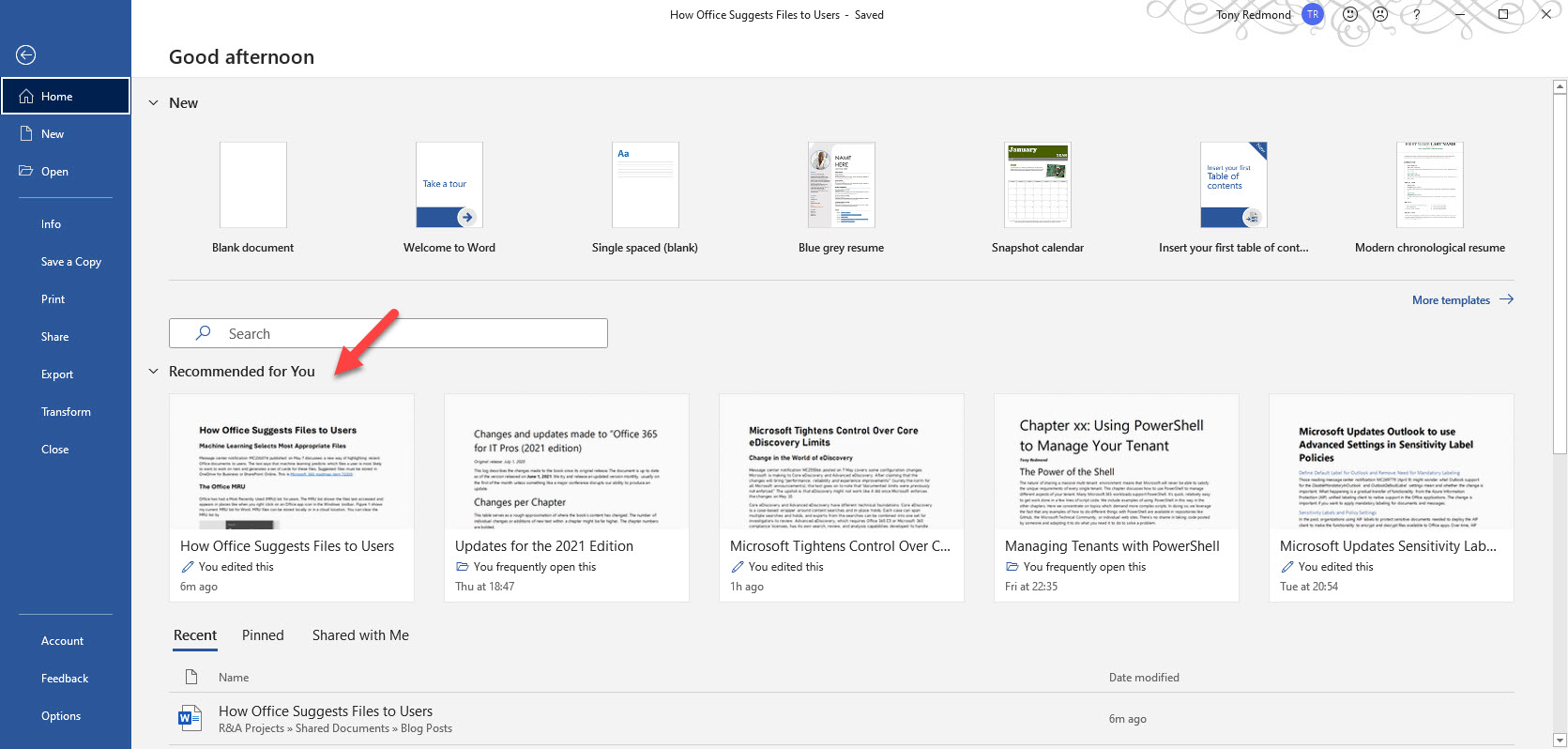The subscription versions of the Office desktop apps now boast a sensitivity bar to show users what sensitivity label applies to the document they’re working on. It’s a good change because it means that people have full access to information about available labels. You can opt to hide the sensitivity bar, meaning that you hide the name of the sensitivity label rather than the complete bar.
Time is running out for Office 2013. In April 2013, Microsoft won’t provide security updates for this venerable software any longer. It’s time to move, and if you’re a Microsoft 365 user, our recommendation is to use Microsoft 365 apps for enterprise because it’s the most functional version. If you can handle the change, it’s the right decision.
A change in how Office apps apply mandatory labeling as dictated by sensitivity label policies means that both new and old documents are processed. New documents have always been dealt with; the change being made ensures that Office apps detect the lack of a label when opening an existing document and will apply mandatory labeling at that point. It’s a change to help customers move on from the unified labeling client.
A new option in the Teams desktop and browser clients allows users to choose how they open Office documents. The choices are Teams (a viewer), browser (Office Online), and the desktop app. Being an old-time stuck-in-the-mud kind of person who’s used Office for 30-odd years, I naturally selected desktop apps. After all, who doesn’t like seeing Word spin up for the 99th time in an afternoon?
A change to the Teams update policy allows tenants to connect Teams preview mode for the desktop client with Office Current Channel (Preview) for the Microsoft 365 apps for enterprise. When the change happens in late July, accounts configured to use Office Current Channel (preview) will automatically use Teams preview. It’s kind of logical because Teams is so closely connected to Office. In any case, settings are available in the Teams update policy if you want to move away from the enabled by default status favored by Microsoft.
The Word for Windows desktop app in Microsoft 365 apps for enterprise boasts “modern comments.” Some good features are included, like snippet previews in the email notifications sent when reviewers post comments to documents. Word even has its own task management capabilities which aren’t linked to Microsoft 365 tasks. That’s about the only bum note sounded by modern comments.
An update to Microsoft 365 apps for enterprise, aka Office Pro Plus, means that Word, Excel, and PowerPoint now suggest files which users might want to open. Although the traditional Most Recently Used (MRU) list isn’t being replaced, the set of suggested files is device independent and based on other activity than just simple file opens.
Microsoft posted a reminder that connections from Office 2013 will no longer be supported for Office 365 service from October 13, 2020. Microsoft won’t take any action to block legacy clients, but the writing is on the wall. Office 365 tenants need to decide how to replace Office 2013 by either upgrading to Microsoft 365 apps for enterprise (click to run) or switching to browser clients like OWA.







